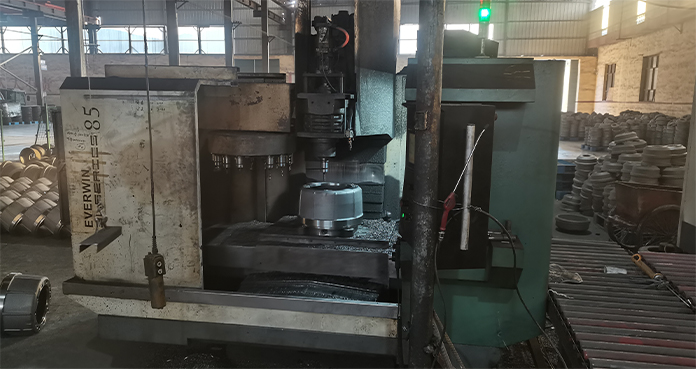Jul . 27, 2024 14:43 Back to list
Understanding the Importance of Brake Drums and Discs for Vehicle Safety and Performance
Understanding Brake Drums and Discs The Heart of Your Vehicle's Stopping Power
When it comes to vehicle safety, few components are as critical as the braking system. Among its most essential elements are brake drums and discs, which play a vital role in ensuring a vehicle stops efficiently and safely. This article explores the functions of these components, their differences, and their importance in automotive engineering.
The Basics of Brake Systems
Brake systems convert kinetic energy into thermal energy through friction. This process slows down or stops the vehicle. There are two primary types of brakes used in most vehicles drum brakes and disc brakes. Though they serve the same purpose, their mechanisms and functions differ.
Brake Drums
Brake drums are typically found in the rear braking systems of many vehicles. They are cylindrical components made from cast iron or aluminum and house the brake shoes. When the driver presses the brake pedal, hydraulic fluid exerts pressure on the brake shoes, forcing them outward against the inner surface of the drum. This creates friction, which slows down the wheel.
One of the primary advantages of drum brakes is their cost-effectiveness. They are generally cheaper to manufacture and install compared to disc brakes. Additionally, drum brakes provide better stopping power under certain conditions, particularly in a wet environment, due to their enclosed design that can prevent water from interfering with the braking mechanism.
However, drum brakes have some drawbacks. They tend to overheat more quickly under heavy use, which can lead to brake fade—where the braking efficiency decreases as the temperature rises. Furthermore, drum brakes are heavier than disc brakes and can lead to higher unsprung weight, affecting the vehicle's overall handling.
the brake drums or discs

Brake Discs
On the other hand, disc brakes are now commonly used on the front wheels of most vehicles and are becoming more prevalent on the rear as well. A brake disc, also known as a rotor, is a flat, circular metal component that spins with the wheel. When the brake pedal is pressed, calipers squeeze brake pads against the rotor, creating friction that slows down the wheel.
Disc brakes offer several advantages over drum brakes. They tend to dissipate heat more effectively, reducing the likelihood of brake fade. The open design of disc brakes allows for better resistance to moisture and contamination, resulting in improved performance, especially in adverse weather conditions. Additionally, they are lighter, which can enhance the vehicle's handling and responsiveness.
Nevertheless, disc brakes are typically more expensive to produce and maintain. Brake pads must be replaced periodically, and the rotors can wear down, necessitating resurfacing or replacement.
Choosing Between Drum and Disc Brakes
When it comes to automotive design, the choice between drum and disc brakes often depends on the vehicle’s intended use. Performance vehicles and those designed for heavy-duty applications typically favor disc brakes for their superior stopping power and heat dissipation. Conversely, many family sedans and budget-friendly cars still utilize drum brakes on the rear, where the demands for braking performance might be lower.
Conclusion
Brake drums and discs are crucial components of a vehicle's braking system, each offering its unique advantages and disadvantages. Understanding the functioning of these components not only empowers drivers with knowledge about their vehicles but also highlights the importance of regular maintenance. After all, ensuring that these systems are in optimal condition is essential for safe and effective vehicle operation. Whether your vehicle is equipped with drum brakes, disc brakes, or a combination of both, vigilance in upkeep will lead to a safer driving experience.
-
ROR Web Development: Build Fast, Scalable, Secure Apps
NewsAug.17,2025
-
Scania Brake Drums: OEM Quality for Optimal Safety & Durability
NewsAug.16,2025
-
R.V.I: Advanced Remote Visual Inspection for Precision
NewsAug.15,2025
-
Discover HYUNDA: Innovative Vehicles, Equipment & Solutions
NewsAug.14,2025
-
R.V.I: Unlock Advanced Insights & Real-time Performance
NewsAug.13,2025
-
Kamaz Brake Drum: Durable & Reliable for Heavy Duty Trucks
NewsAug.12,2025
